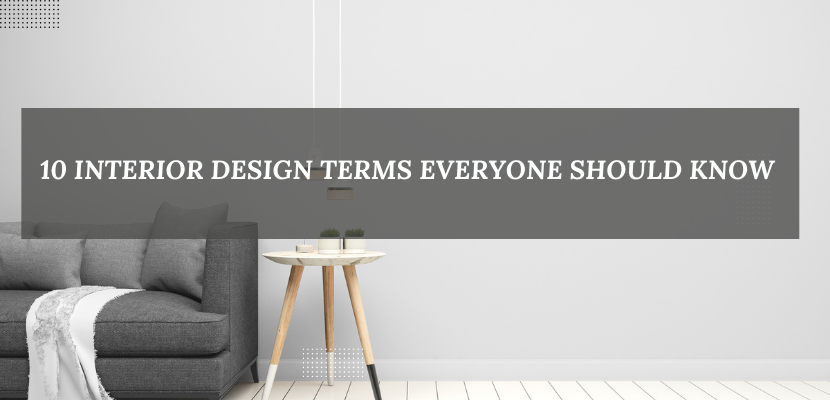Interior design is the process and art of designing the interior of a building or space. Interior design is a multifaceted profession that includes conceptual development, space planning, site inspection, programming, research, presenting ideas to clients, fabrication and installation of finishes, furniture, and equipment, as well as the management and coordination of contractors.
Interior design, like any other field, has its own set of vocabulary. Here is a list of ten fundamental design phrases to help you better understand the interior design
industry:
- Space planning
- Furniture layout
- Lighting design
- Color selection
- Fabric selection
- Window treatments
- Flooring
- Wall coverings
- Artwork and accessories
- Facade
1. Space Planning:

Space planning is a process that interior designers use to create functional and
aesthetically pleasing spaces. It involves designing an efficient layout that uses
the space wisely and makes the most of the natural light and ventilation. Good
space planning can make a small space feel larger, and a large space feel more
comfortable.
I remember A Mumbai-based interior designer named Jayesh Meghnanai once told me, "A skilled interior designer creates space inside space."
It reveals the importance of Space planning.
2. Furniture Layout:
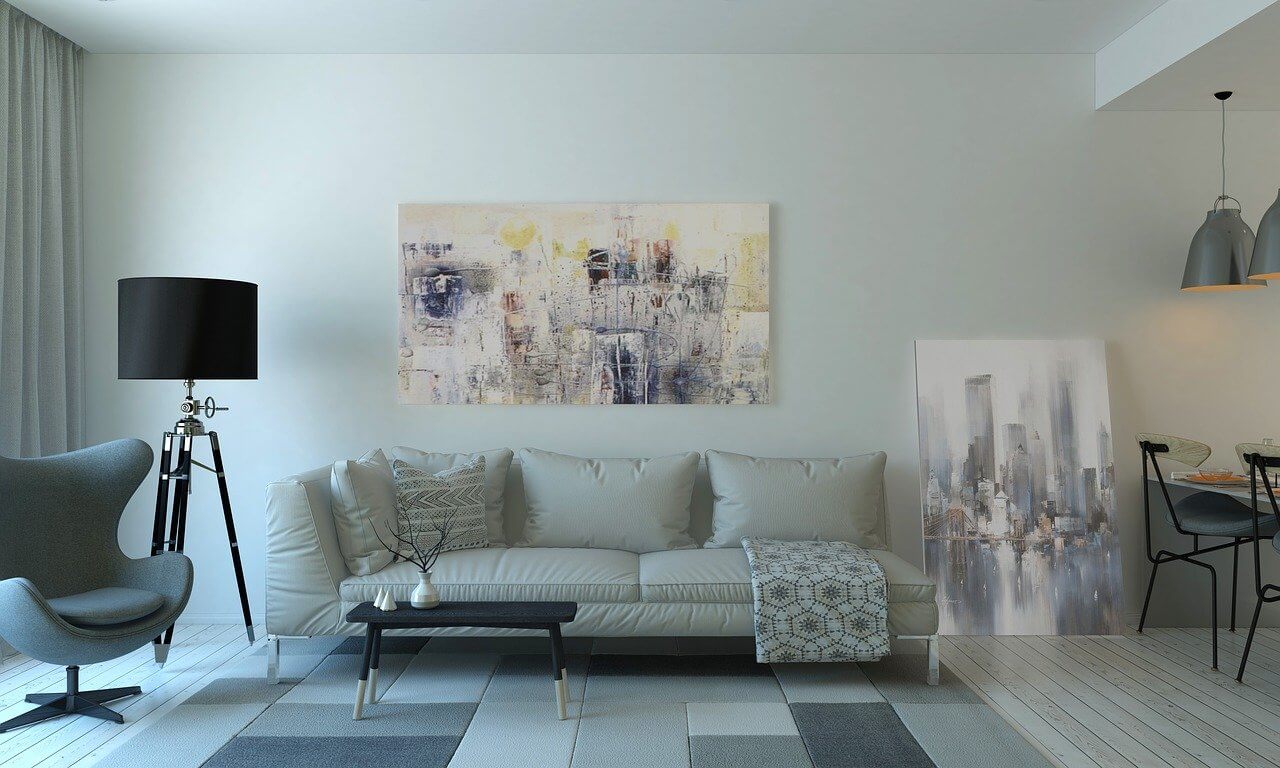
Furniture layout in interior design is the process of arranging furniture in a room to create an effective and appealing space. This includes considering the size and shape of the room, as well as the traffic flow around the furniture. Furniture layout can be used to make a small room feel bigger or a large room feel more intimate.
3. Lighting Design:
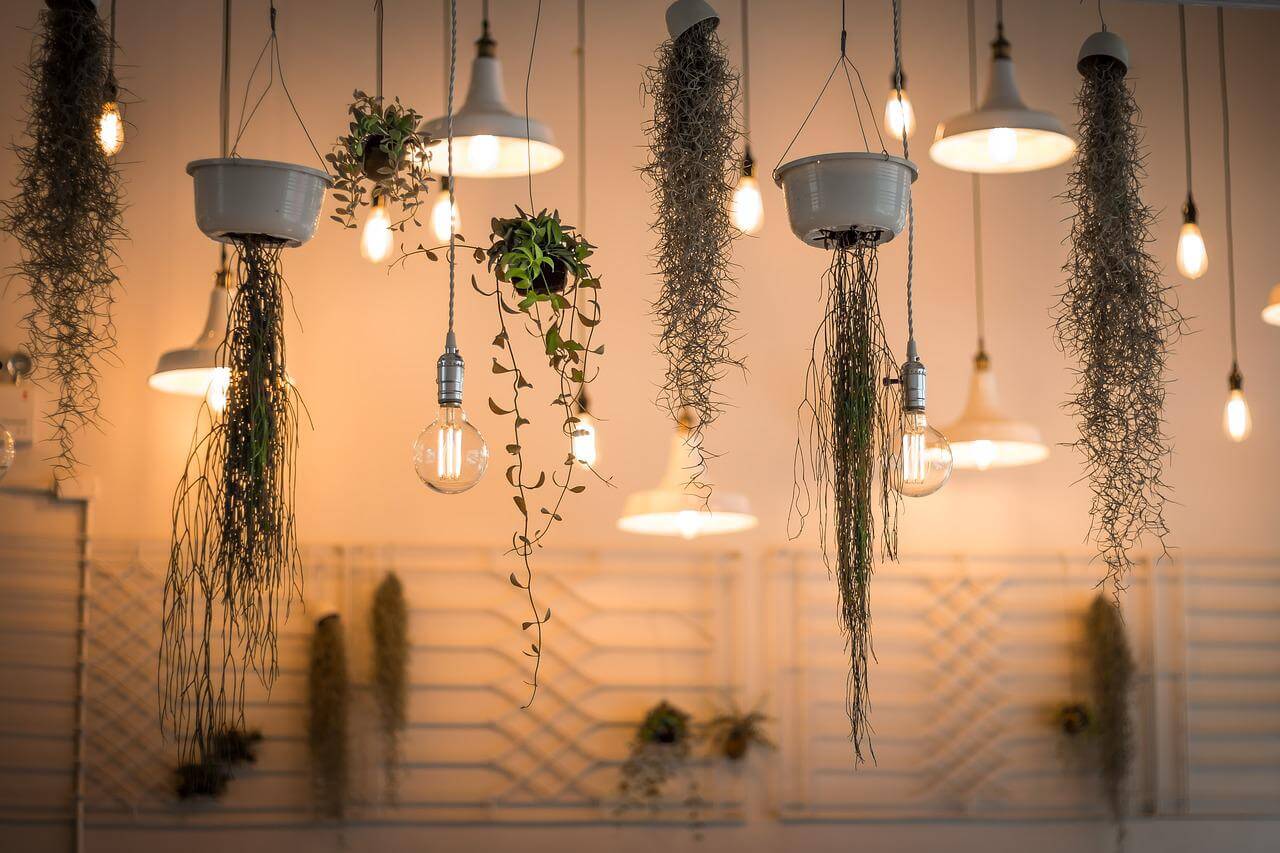
Lighting design is the art and science of controlling light. It usually involves planning a lighting design, installing the fixtures, and programming them.
It is one of the most important aspects in Interior Design. It has a significant impact on the mood and atmosphere in a space.
Designers should always take into account the type of lighting they are using and its effect on the space. It can be used to create different atmospheres, such as intimate, relaxing, dramatic or formal.
The type of lighting you will use will depend on your design style and what you want to achieve with it.
4. Color Selection:

Color selection is an important aspect of the design process. It can be used to express emotions, create moods, and make a statement.
There are various approaches to select colours for your space. one can follow your intuition, trends, or a colour palette.
Each design project is unique, so there is no correct or incorrect response to the question of what colours should be utilised. It all depends on the designer as well as the owner of the space.
There are, however, a few colours that are considered to be among the most popular. Blue, green, and white are among these colours.
5. Fabric Selection:
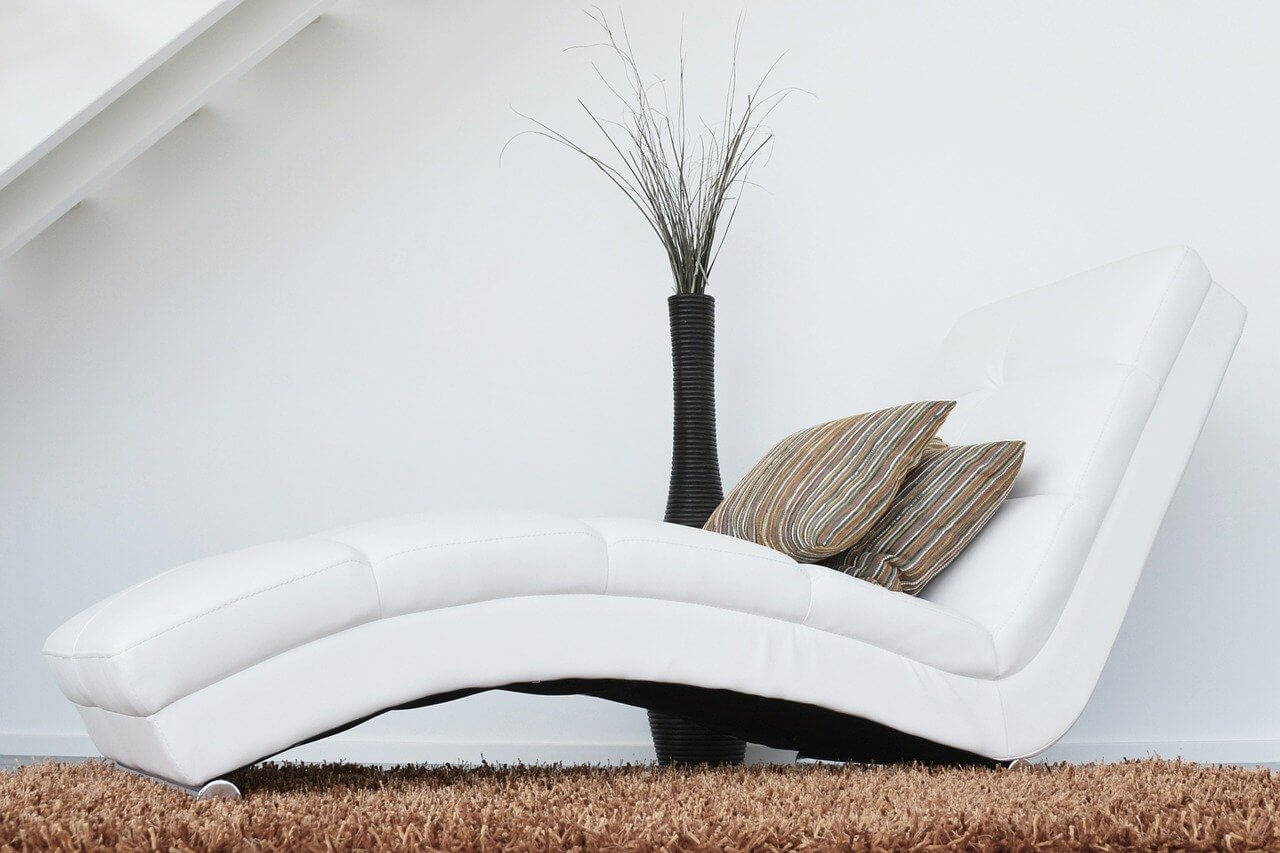
Fabric Selection refers to the process of choosing the type of fabric to be used in an interior design project. This decision is based on a variety of factors, including the desired look and feel of the space, the purpose of the fabric, and the budget for the project. Some common types of fabric include natural fibers like cotton and linen, synthetic fibers like polyester and rayon, and specialty fabrics like velvet and suede.
When selecting fabrics for a project, it is important to consider the purpose of the room, the existing color palette, and the type of fabric that will be most suitable in the space.
6. Window Treatments:
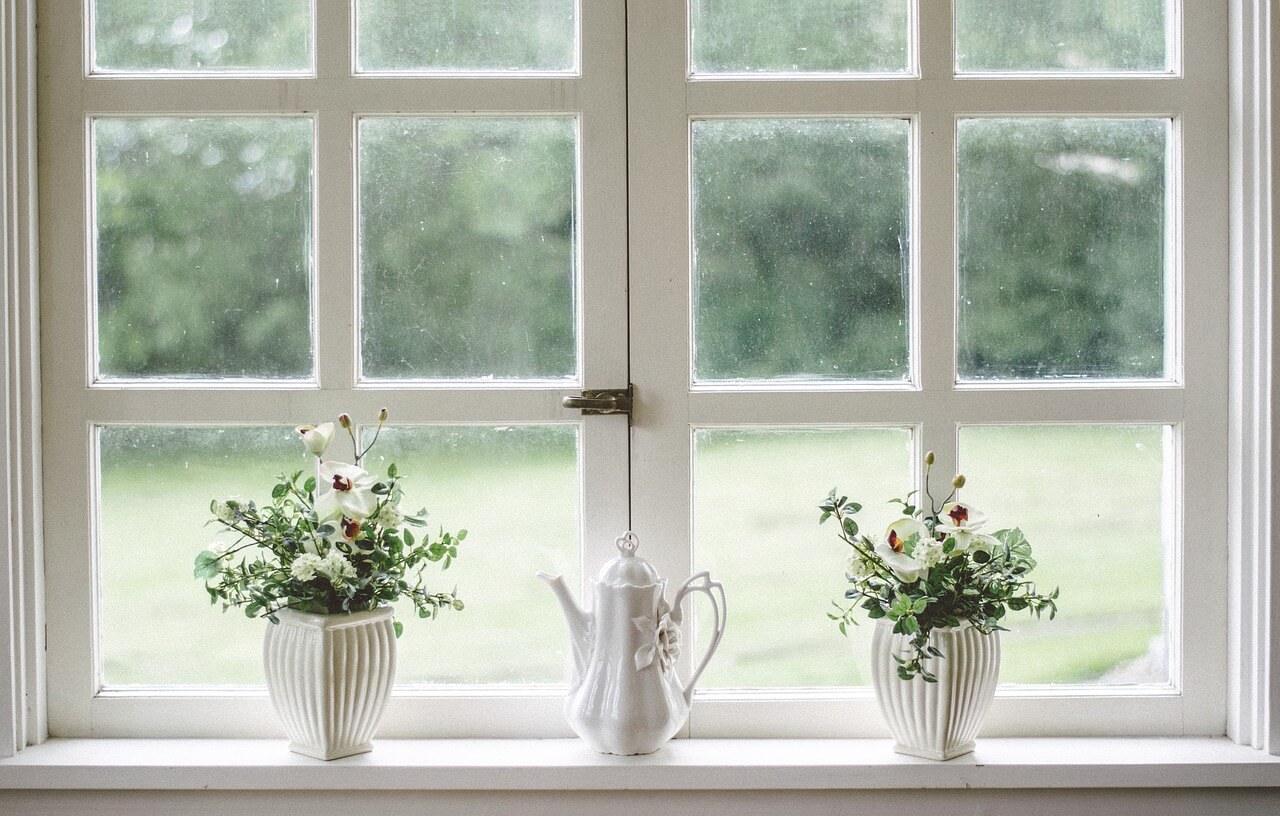
Window treatments are an important design element for every room in the house, whether it is the living room, bedroom or kitchen.
There are many different types of window treatments that you can use to add a little personal style to your home. For example, you could use blinds, curtains or shutters. The type of window treatment that you choose will depend on what the space needs and how much privacy you want.
Curtains are a great option if you want to add some colour and pattern to a room without blocking out light too much. They can also be used as part of an overall design scheme such as a colour palette or theme.
Shutters are best for rooms where privacy is important such as bedrooms and bathrooms while blinds work well in living rooms and kitchens where light is needed.
7. Flooring:

Flooring is a critical element in the design process. It can make or break a space. It is also one of the most expensive elements of interior design.
Deciding on the type of flooring that you are going to use in your interior design project can be a difficult decision. There are many different types of flooring options available to you such as carpet, linoleum, tile, hardwood and more. The right one for your project will depend on the size of the area that you are planning to cover and what type of decorating style you want.
The most commonly used type of flooring, wood flooring comes in many different varieties and finishes. The most popular varieties are hardwood and engineered wood, which is made from layers of plywood with a veneer on top for added durability and appearance. Hardwood floors are typically more expensive than engineered wood floors, but they tend to last longer with proper maintenance. Engineered wood floors can be installed quickly and easily, which makes them a favorite among contractors who need to install.
8. Wall Coverings:

Wall coverings are a great way to make your room feel more like home. They are also a great way to enhance the look of the room. There are many different types of wall coverings, and they come in many different colors and patterns.
There are many different types of wall coverings that you can use in your interior design project. The most common type is paint, but there are also wallpaper, paneling, fabrics, and tiles. Paint is the most popular because it is easy to put on and easy to take off if you want to change it in the future. Wallpaper is another option for covering your walls with a pattern or color that matches your style preferences or desired theme for the room. It is not as easy as paint so it typically takes more time and effort.
9. Artwork And Accessories:
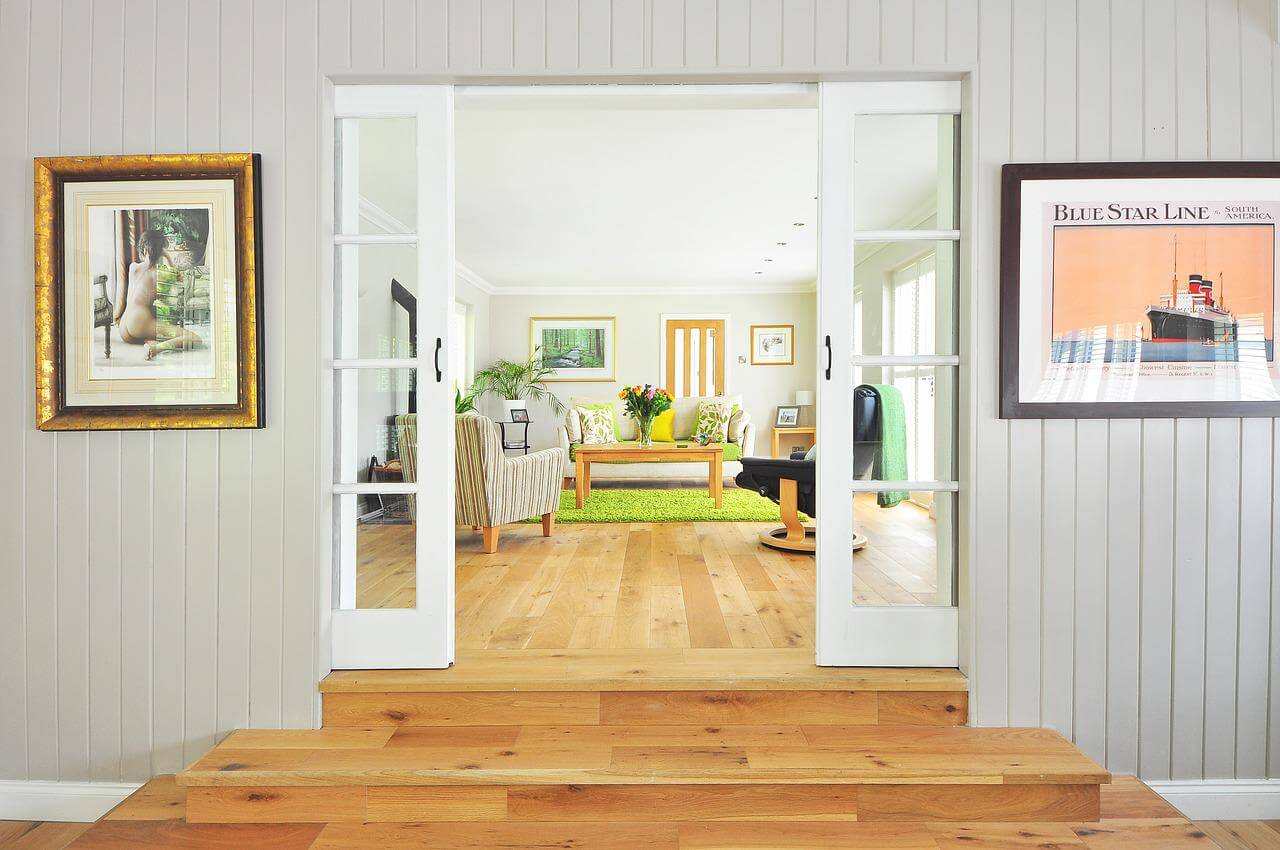
Artwork and accessories are an integral part of interior design. They can make or break a room. This is why designers need to be aware of the different styles that best suit their needs, as well as different materials and textures that will enhance the look and feel of a space.
It play an important role in interior design by adding color, texture, depth, dimensionality, and meaning to spaces.
10. Façade:

The façade of a building is the first thing people see when they look at it. It is also the most important part of a house because it creates a first impression. The façade should be attractive and welcoming, but at the same time, it should be functional and well-built.
The interior design of a building is all about decoration and style. It can make or break the whole house because it affects the mood and feelings of those who are living there. The interior design can be modern, traditional, minimalist or extravagant depending on the taste and needs of its inhabitants.
Bonus term:
Focal Point:
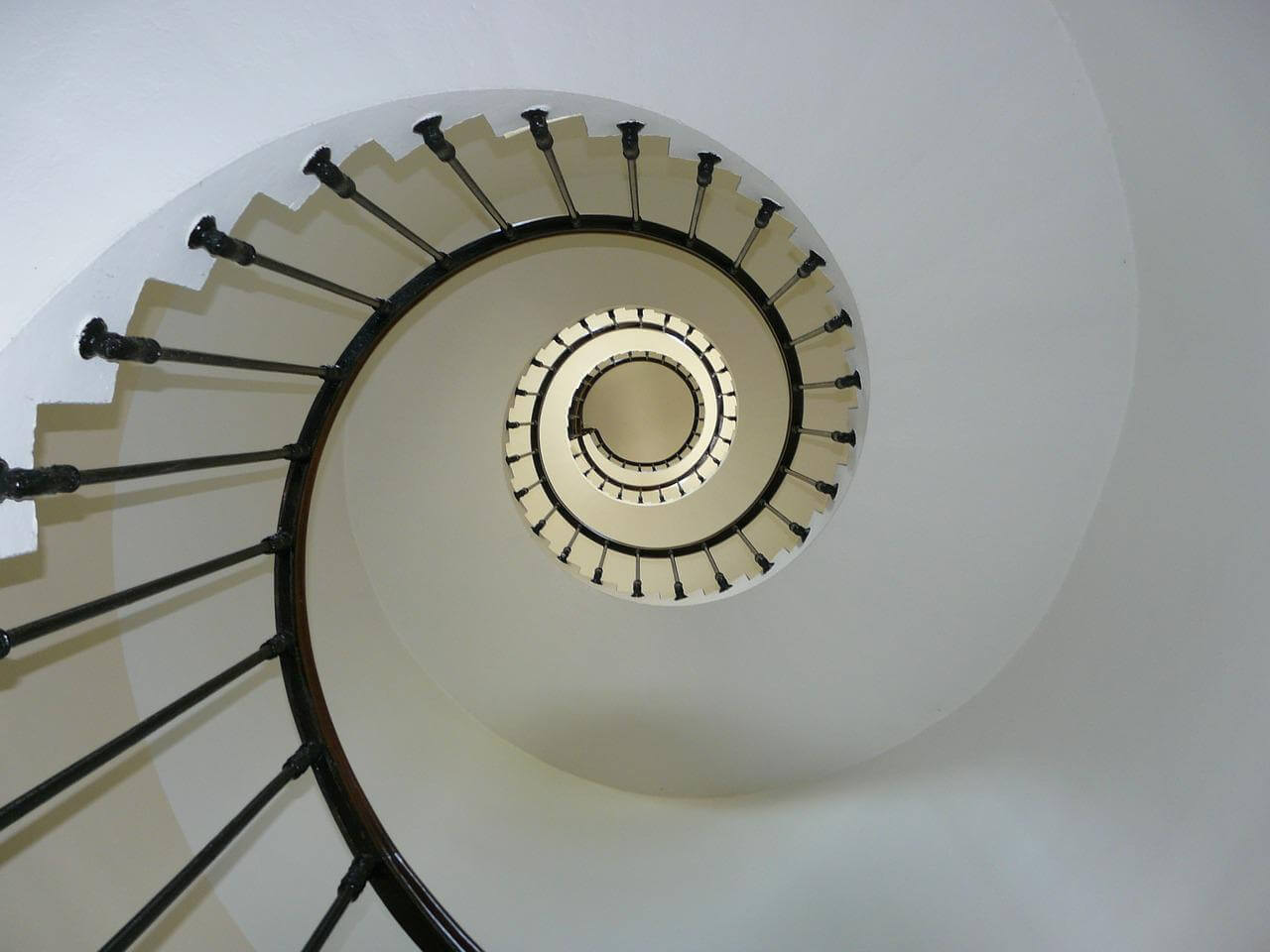
A focal point is a specific element in a room that draws the eye and provides a focal point for the room.
A focal point should be placed in a central location to provide balance to the room. The focal point should be large enough to draw attention but not so large that it dominates the space. It should also be placed at eye level.
Now that you've learned the first step of the interior design industry, and if it interests you you can connect Aditya Centre of Excellence to see if it's something you'd like to pursue as a career.
Aditya Centre of Excellence (ACE) is a bright spot in India's skill development training industry, offering education and training that goes beyond the classroom and empowers students via hands-on experience.
ACE is an NSDC training partner under the government of India's Skill India initiative.
Skill India is a government of India initiative aimed at encouraging Indians to start businesses and work. Opportunities for skill development, training, and employment are all part of the programme. It's part of a larger initiative known as Skill Development.

